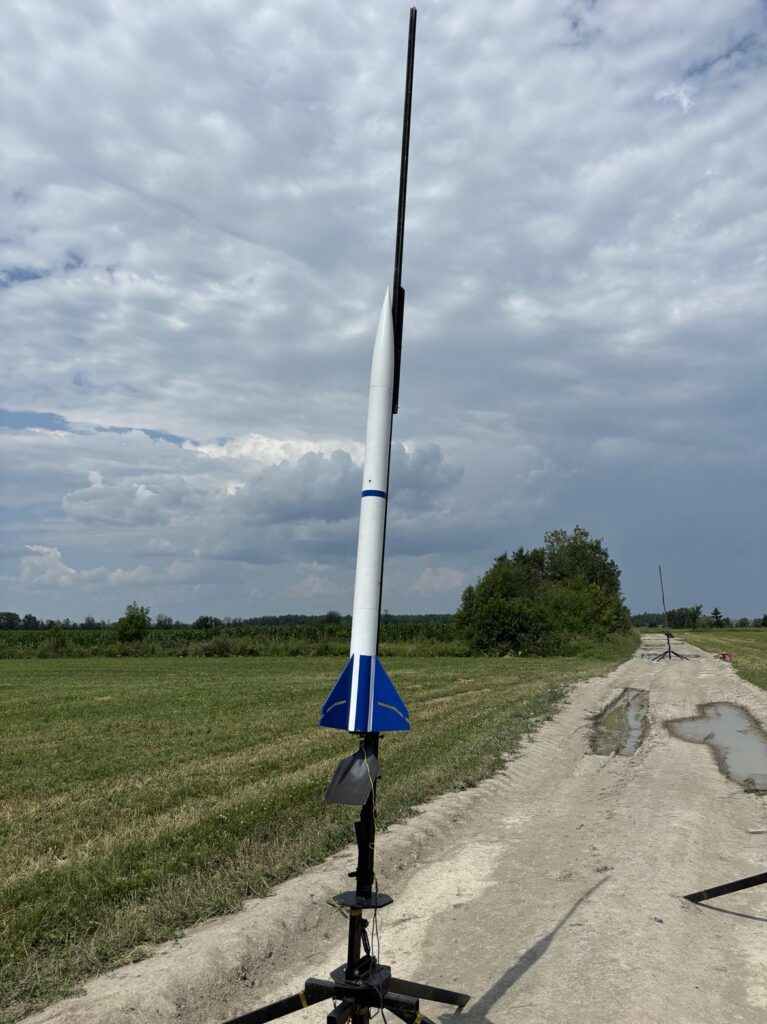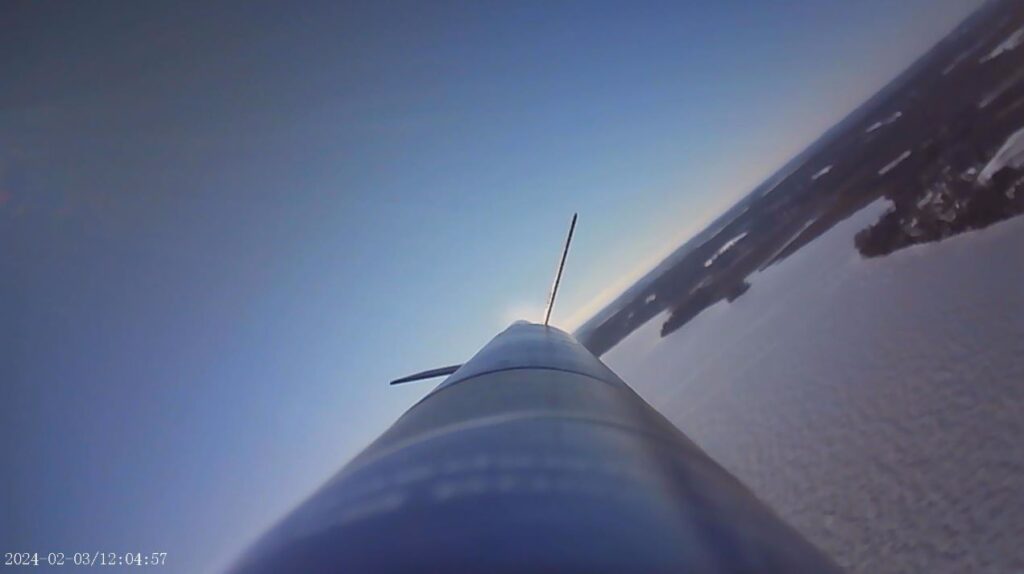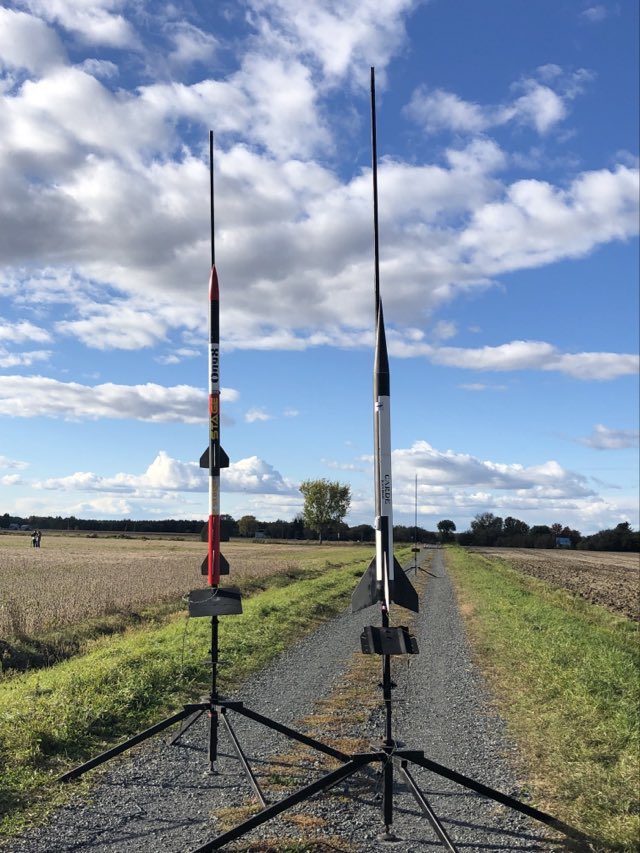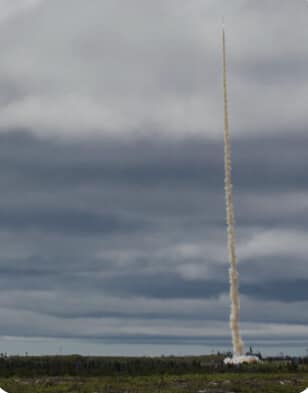Vipe 2024
Vipe is the annual Quebec Rocketry club’s summer launch. It takes place near St. Prime QC, Canada and has a ceiling of 12,000′. It was a mix of sun and light rain on the Saturday (July 13, 2024). Several thunder storm systems passed nearby but fortunately mostly avoided our launch site. The wind was light …





